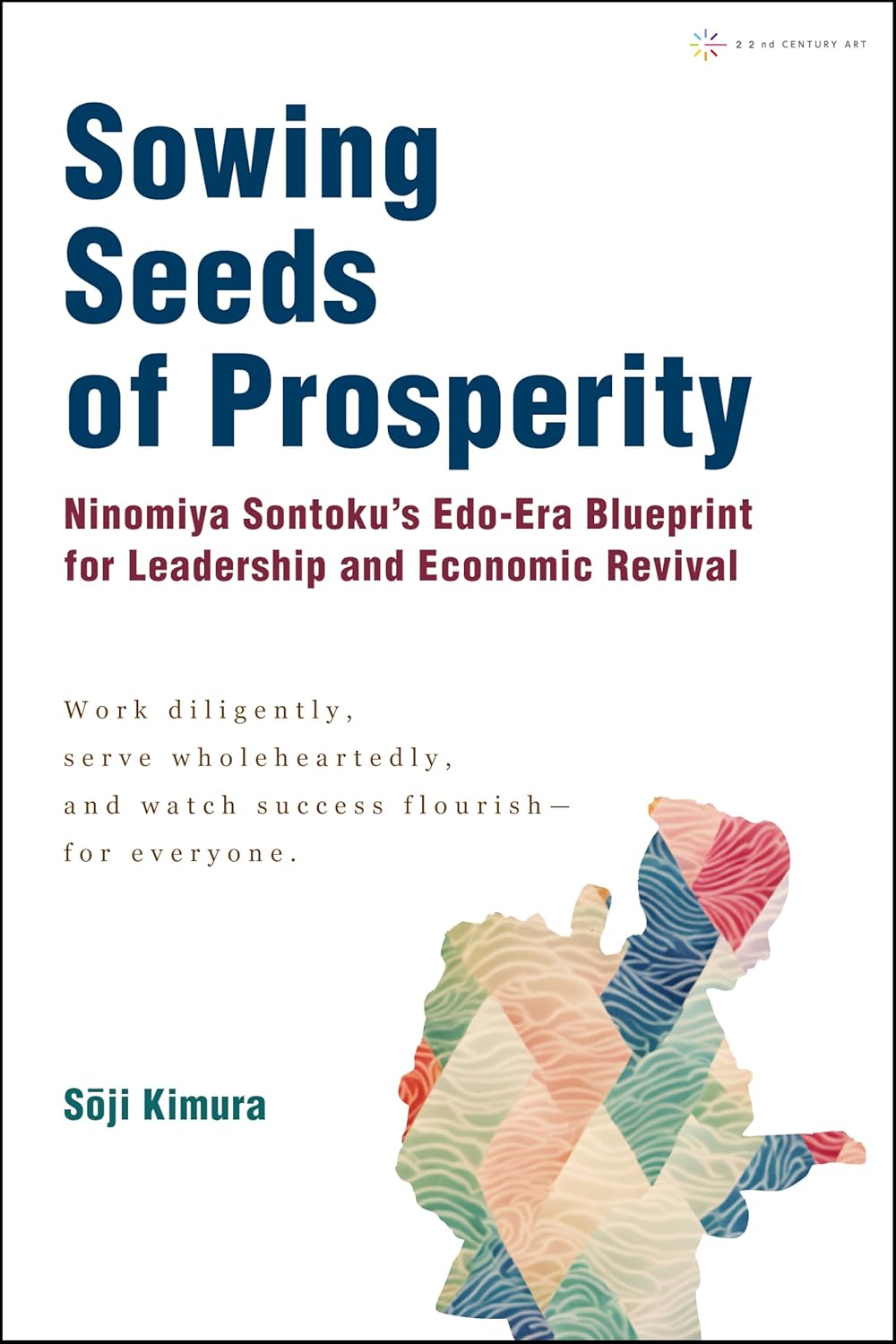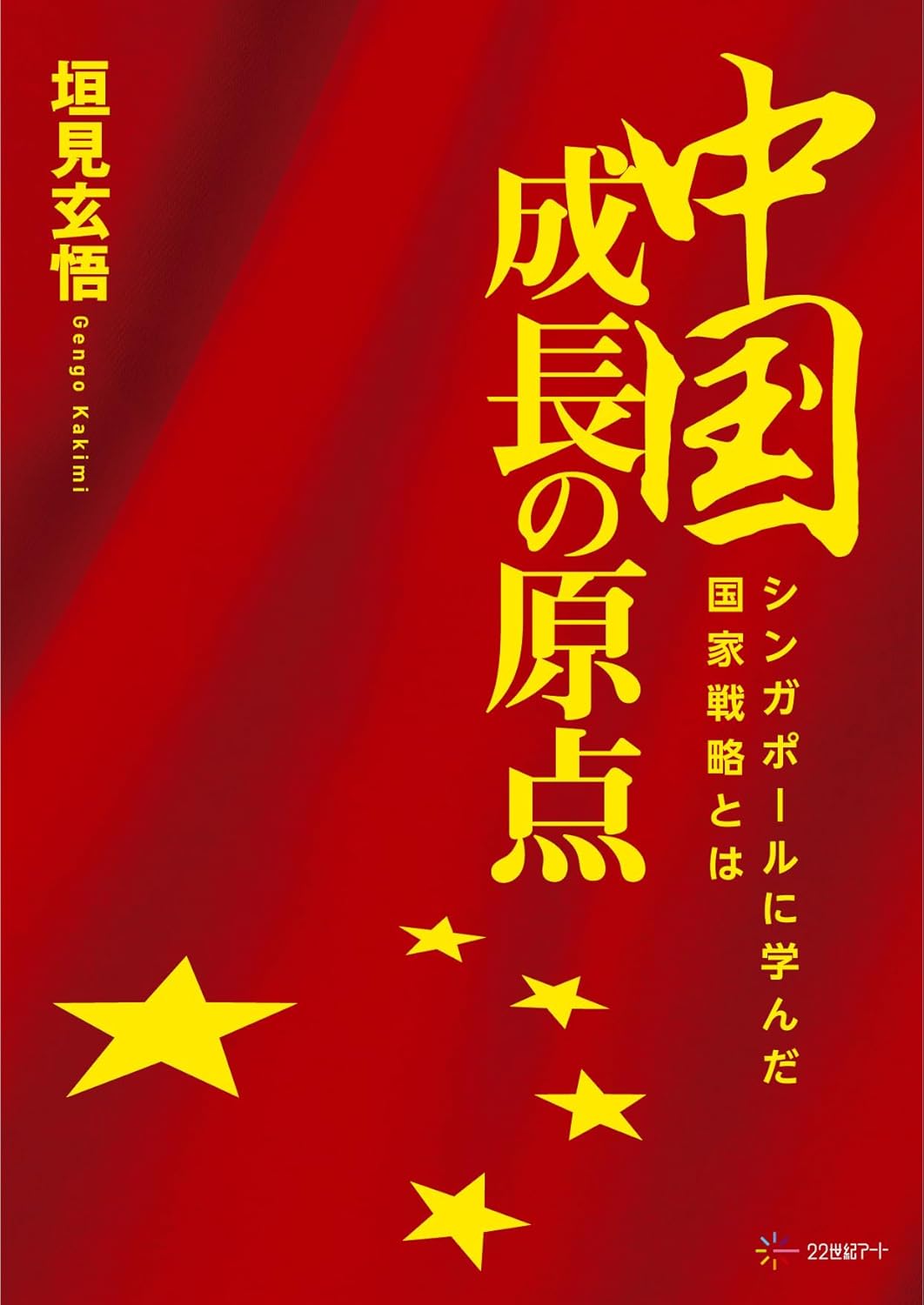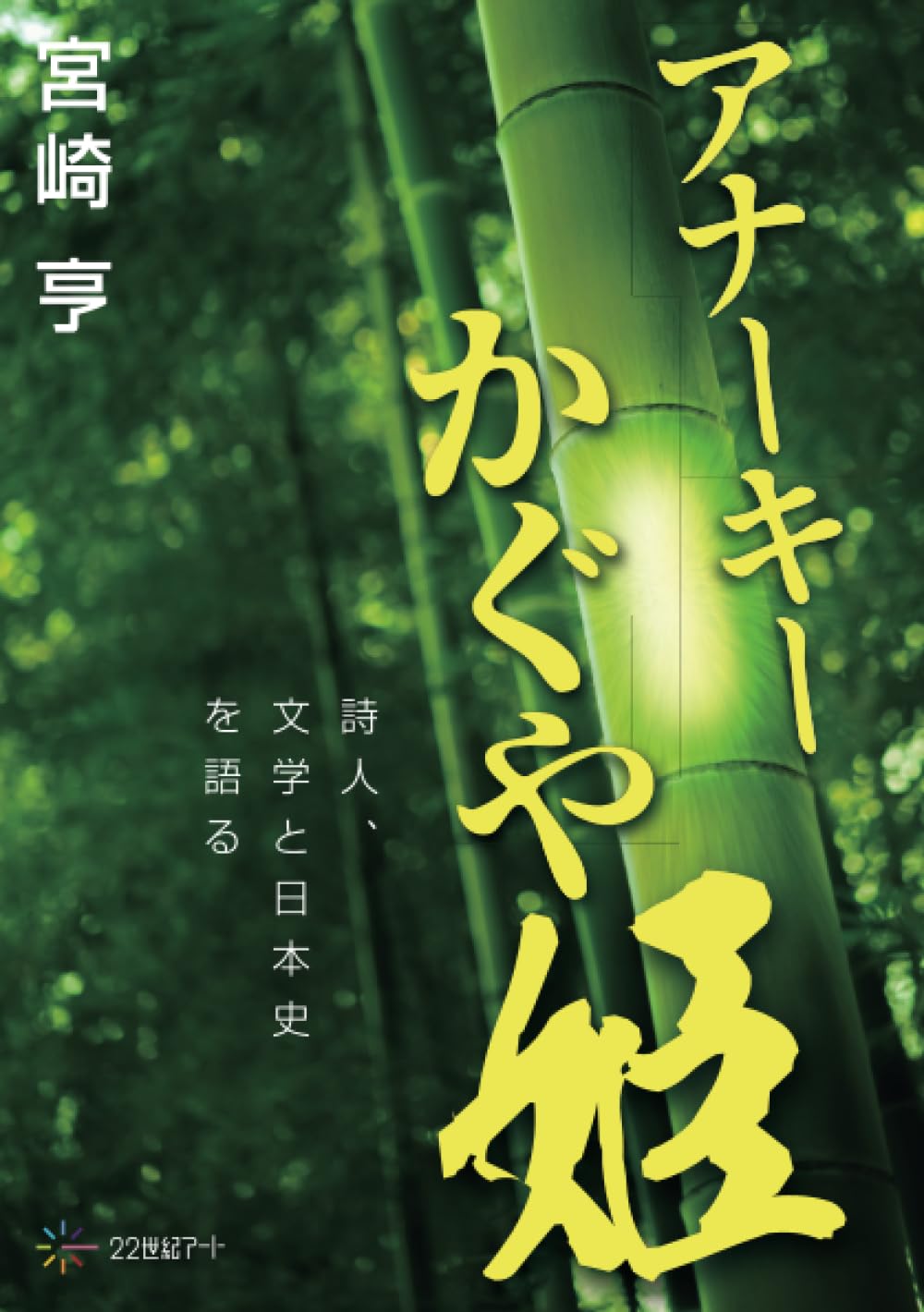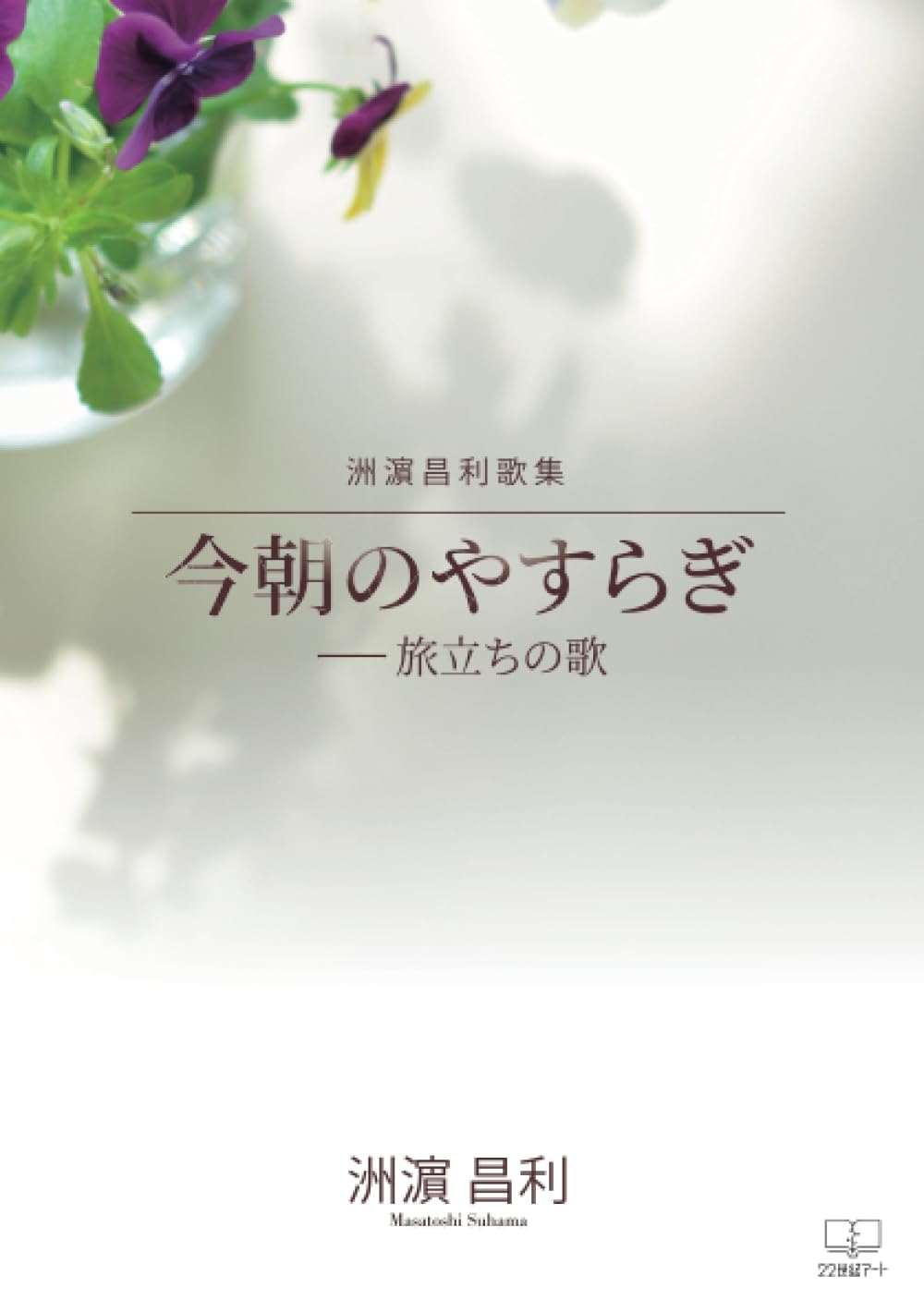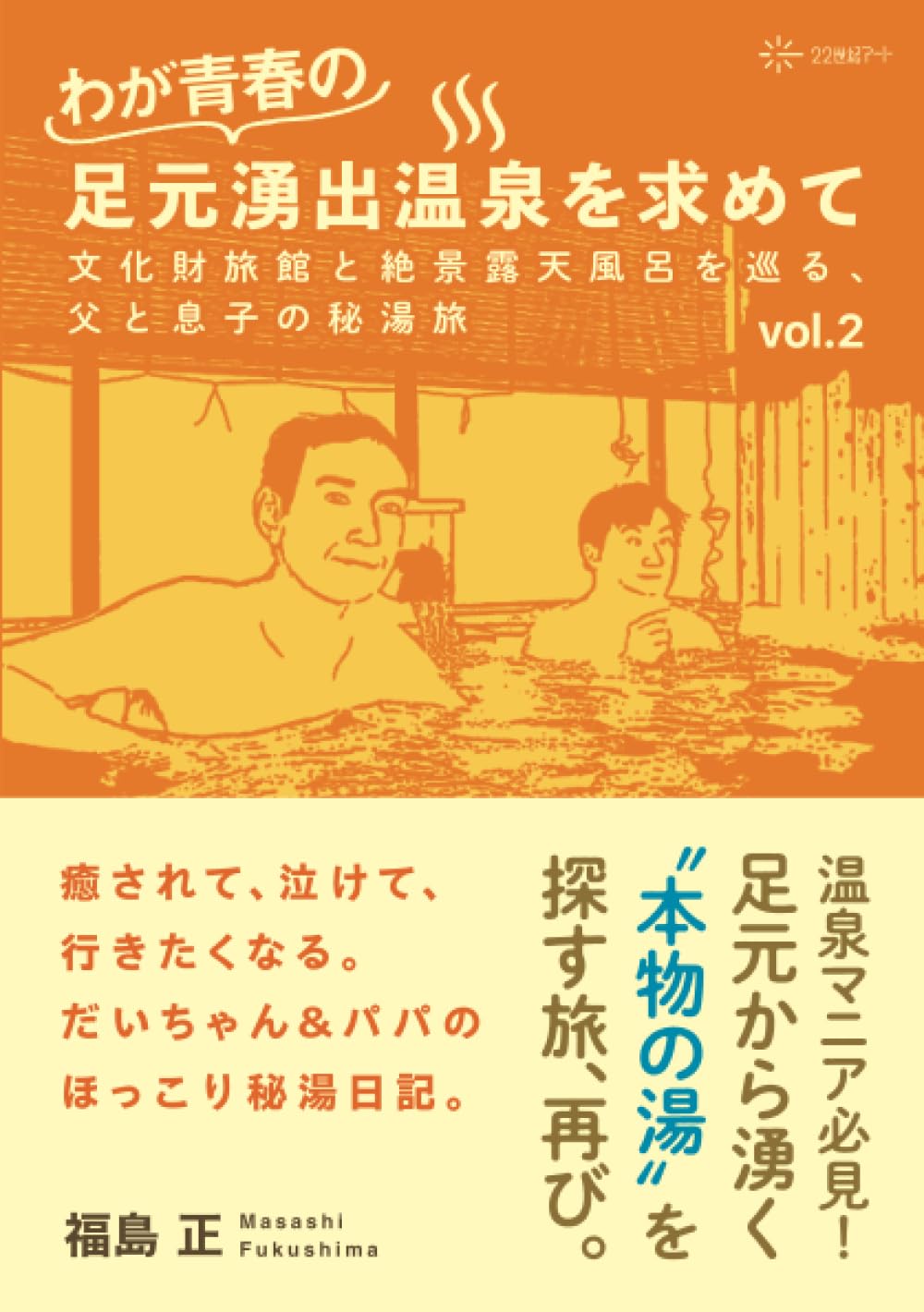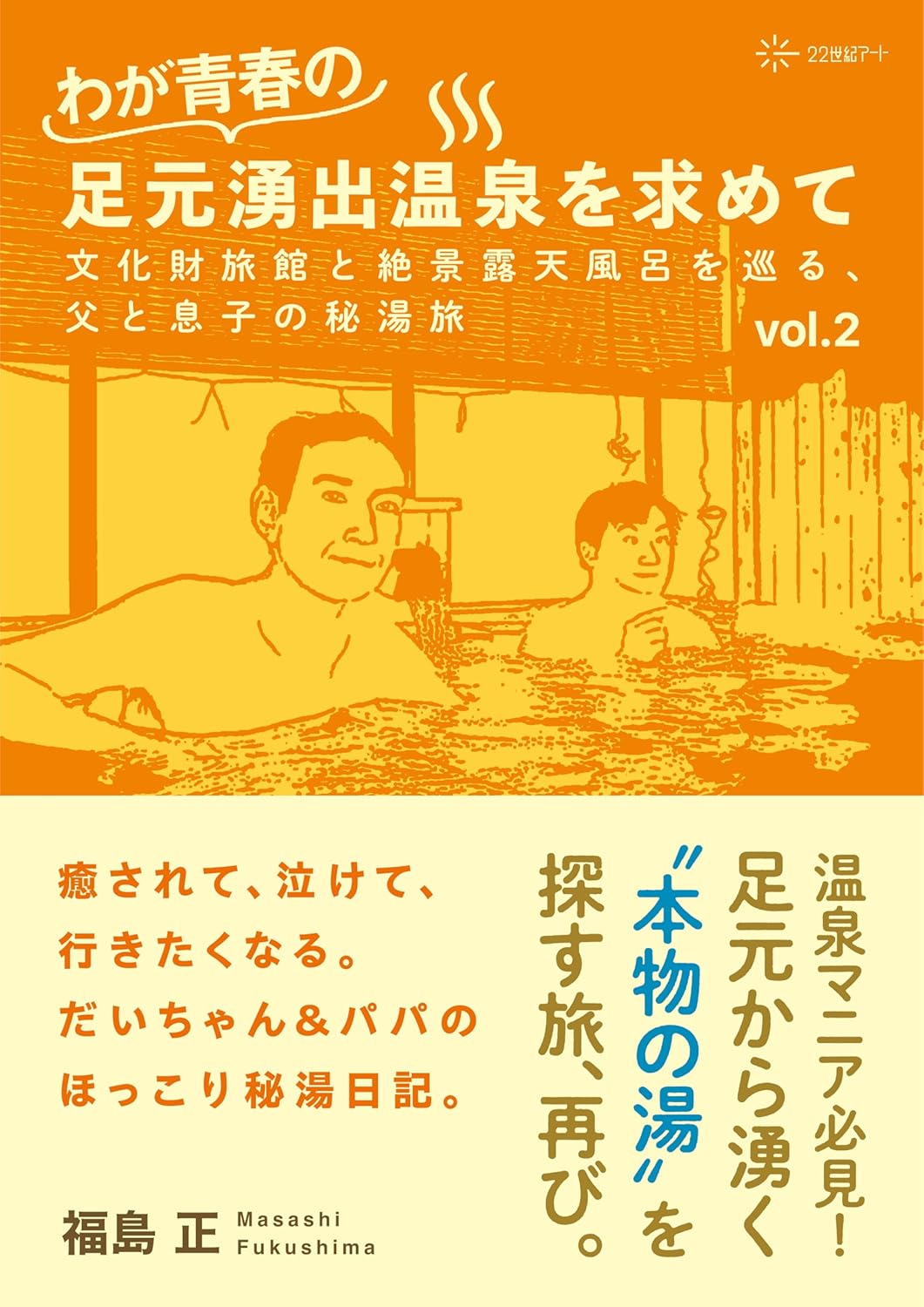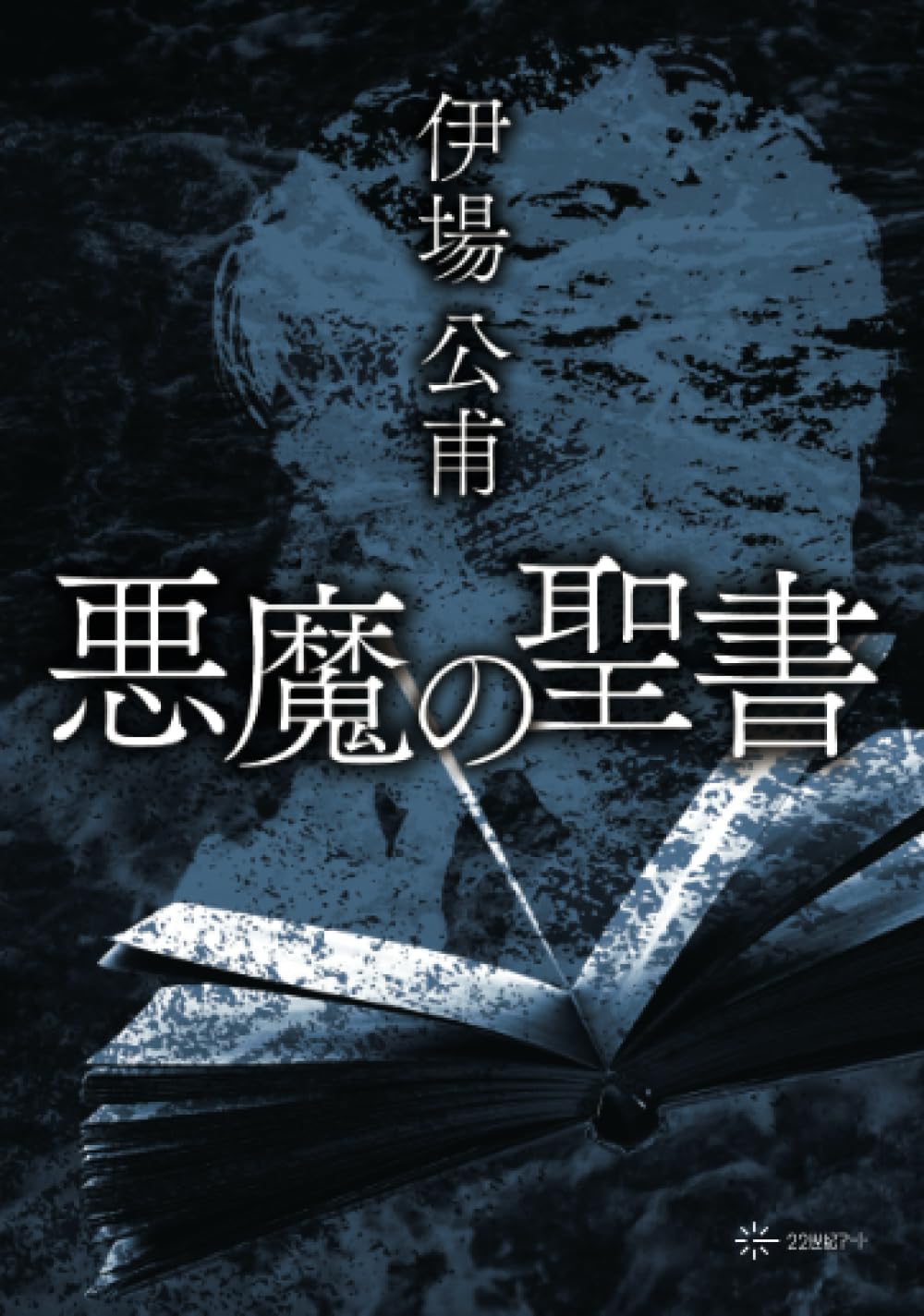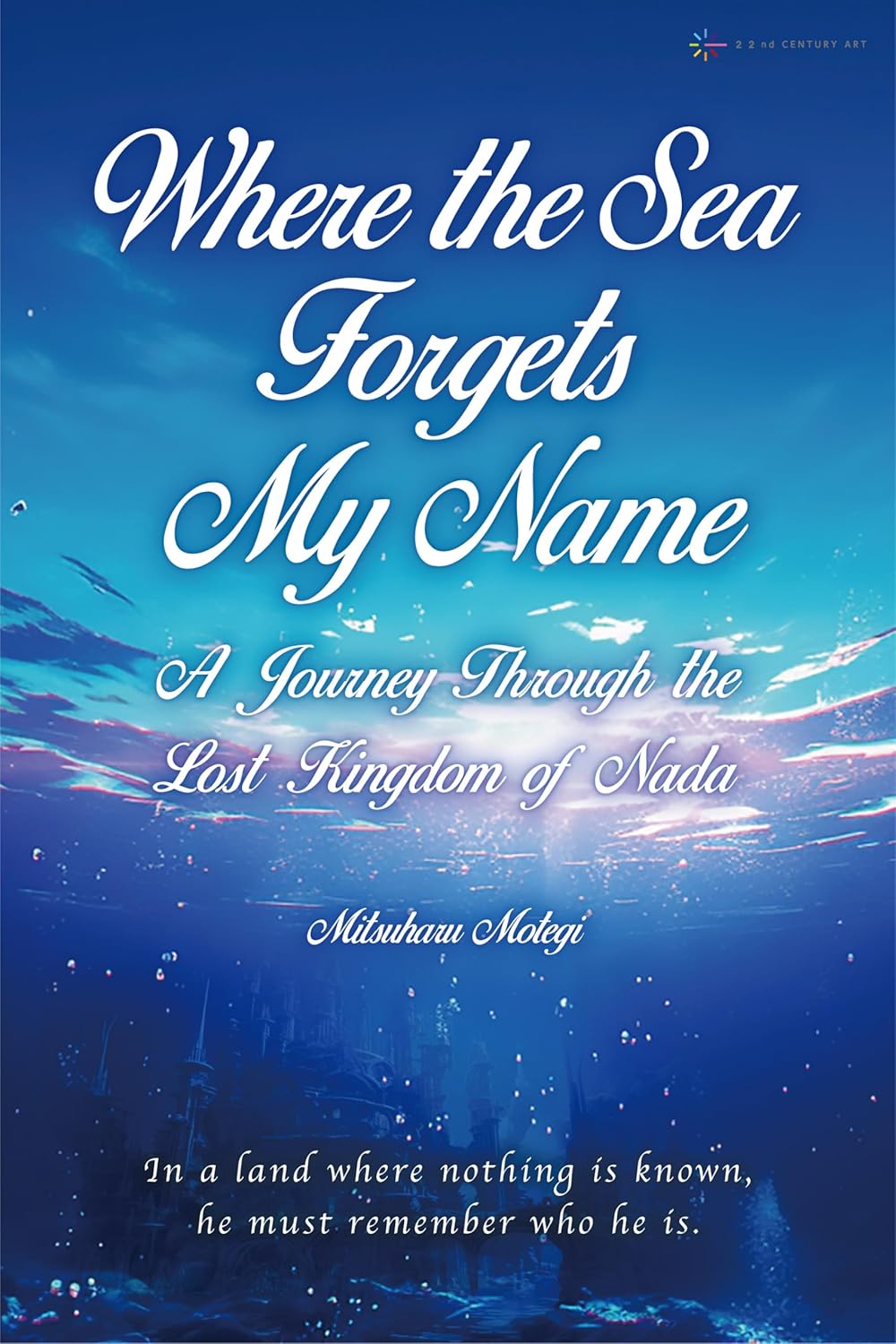
Where the Sea Forgets My Name: A Journey Through the Lost Kingdom of Nada
(著) 茂木光春
Amazon作品詳細
[About the Book]
—Who am I, really?—
“To hold on to the utopian spirit even in an age of despair, an age of darkness devoid of utopia—perhaps that is what it means to be human.”
—from the Afterword
Drifting as if for hundreds or even thousands of years across the sea, the protagonist, Hikaru, awakens in the land of Nada—a place of “nothingness, and yet everything.”
After a shipwreck leaves him with temporary memory loss, Hikaru finds himself in this enigmatic country, where he meets Lady Seirei, a woman of striking beauty, like an orchid in bloom.
Together with her, Hikaru sets out on a journey to uncover the secrets and sorrows of Nada, and to discover who he truly is.
A breathtaking fantasy adventure swirling with mystery and emotion!
[Table of Contents]
One – Drifting Ashore in the Land of Nada
Two – Bazaar Nada (A Nun Selling Naan, etc.)
Three – Bazaar Nada (A Shop Selling the Bible Tree, Etc.)
Four – Pascal’s Garden
Five – Ask the Butterflies
Six – Nada’s Strange Education System
Seven – The Roujuna Museum
Eight – The Universe Restaurant
Nine – The Chrysanthemum Mandala Cuisine
Ten – A History of Cosmic Philosophy and a History of Fantastical Philosophy
Eleven – The Fantastical Beast Garden
Twelve – An Evening Conversation at Kaitei
Thirteen – The Illusory Flower Garden
Fourteen – The Anti-Revolution Declaration
Fifteen – Villa Agra
Sixteen – Ariadne’s You
Seventeen – The Wind Chime’s Verse
Eighteen – The NONVÉCU Philosophy
Nineteen – Kō Ran (Light Orchid)
Twenty – The Well-Tempered Clavier
Twenty-One – “The Stones of Venice”
Twenty-Two – “The Bud of the Water Lily Like a Noble Swan’s Egg”
Twenty-Three – “One Branch in Bloom, the Whole World Awakens”
Twenty-Four – “For the Spirit of Noble Nāda”
Twenty-Five – Grandfather’s Last Will
Twenty-Six – Lacrimosa Dei (Tears of God)
Afterword
Afterword to the Paperback Edition
About the Author
[Editor’s Comment]
Though this story follows the familiar premise of a protagonist embarking on a journey through another world, the scenery they encounter is anything but ordinary: a “Cosmic Restaurant” adorned with a Venus de Milo with both arms, and a “Mythical Beast Garden” guarded by giant black ants, to name just a few.
If you’ve grown weary of the real world, pick up this book and let yourself be swept away into the unknown—you’re in for a remarkable adventure.
[About the Author]
Mitsuharu Motegi
Born in Fukaya City, Saitama Prefecture, on March 6, Shōwa 11 (1936)
Shōwa 29 (1954) : Graduated from Prefectural Kumagaya High School
Shōwa 34 (1959) : Graduated from Tokyo University of Foreign Studies, English-American Department
Heisei 8 (1996) : Retired from Prefectural Urawa Daiichi Girls’High School
Member of the Mita Bungaku Society. Published “Tenshōki,” “Kitsune no Namida,” “Akudōki,” “Gankyū-tan,” “Shinamon no Niou Gengomusi,” “Alice Sagashi” in Mita Bungaku magazine. Authored Eien no Tenshin, Kitarubeki Ryōkan, Ōinaru Banzan, Ikkyū Mugenroku, Waga Aisuru Myōe Shōnin, Hajimari no Hito, Hoshi no Kanata no Animatopia.
Published “Kōya kara Kōya e” (On Religion in English Literature) , “Shingon no Hito Kūkai,” “Ushinawareta Nihonjin” in Hikae no Chō magazine. Currently serializing “Tessai no Nazo” in the same magazine.
新刊情報



